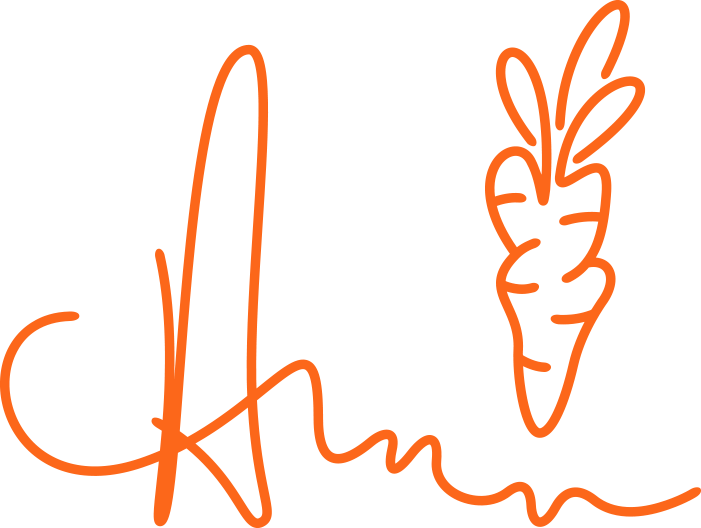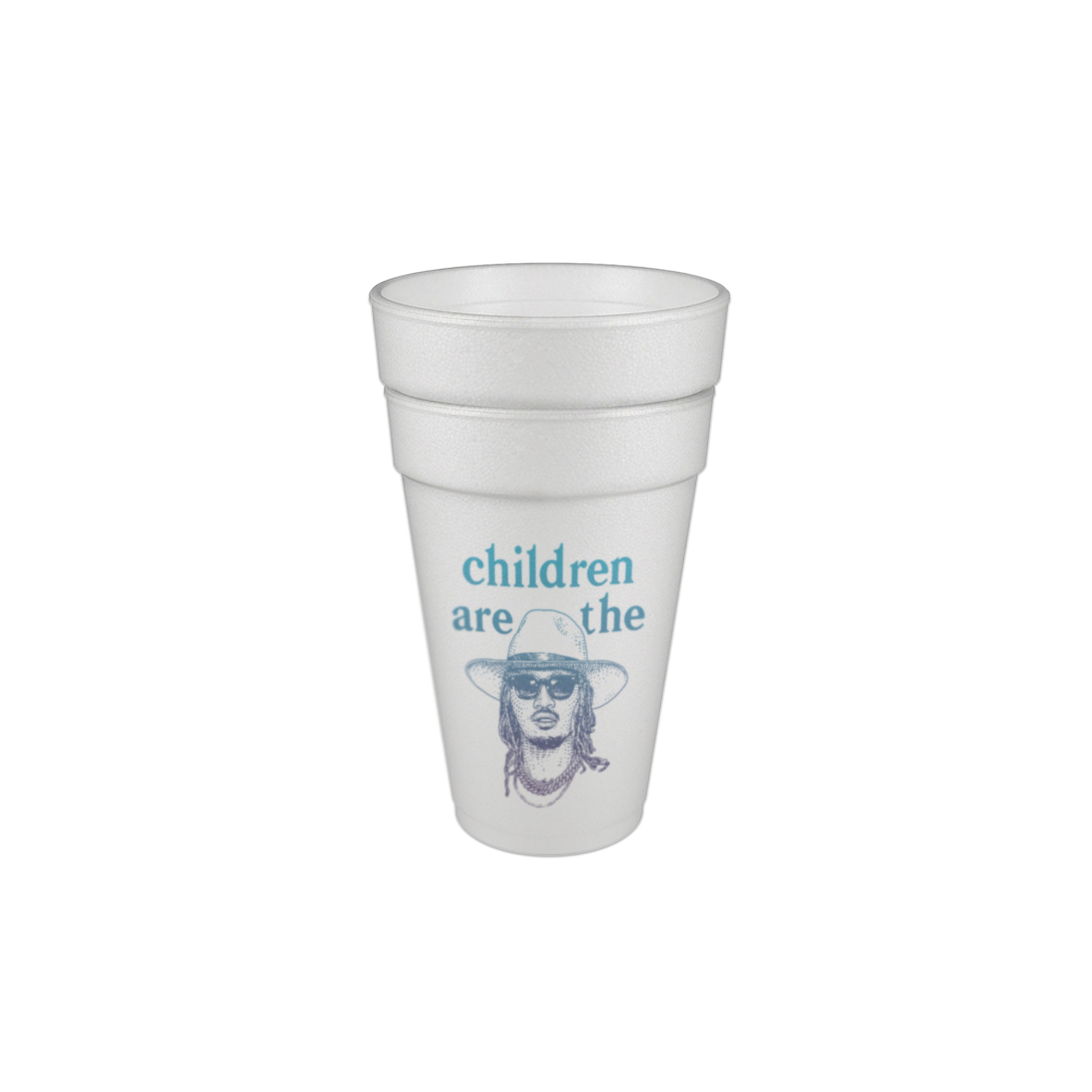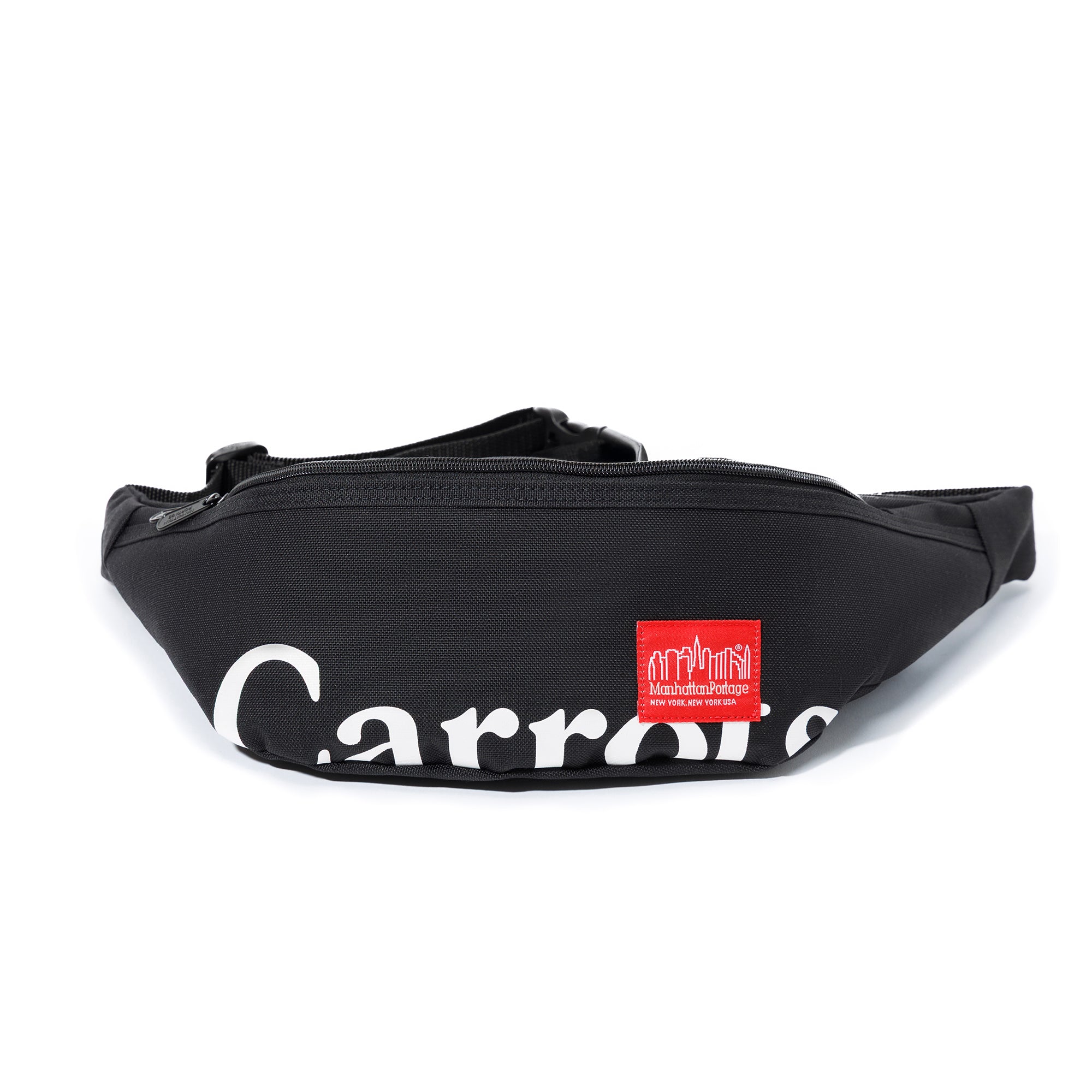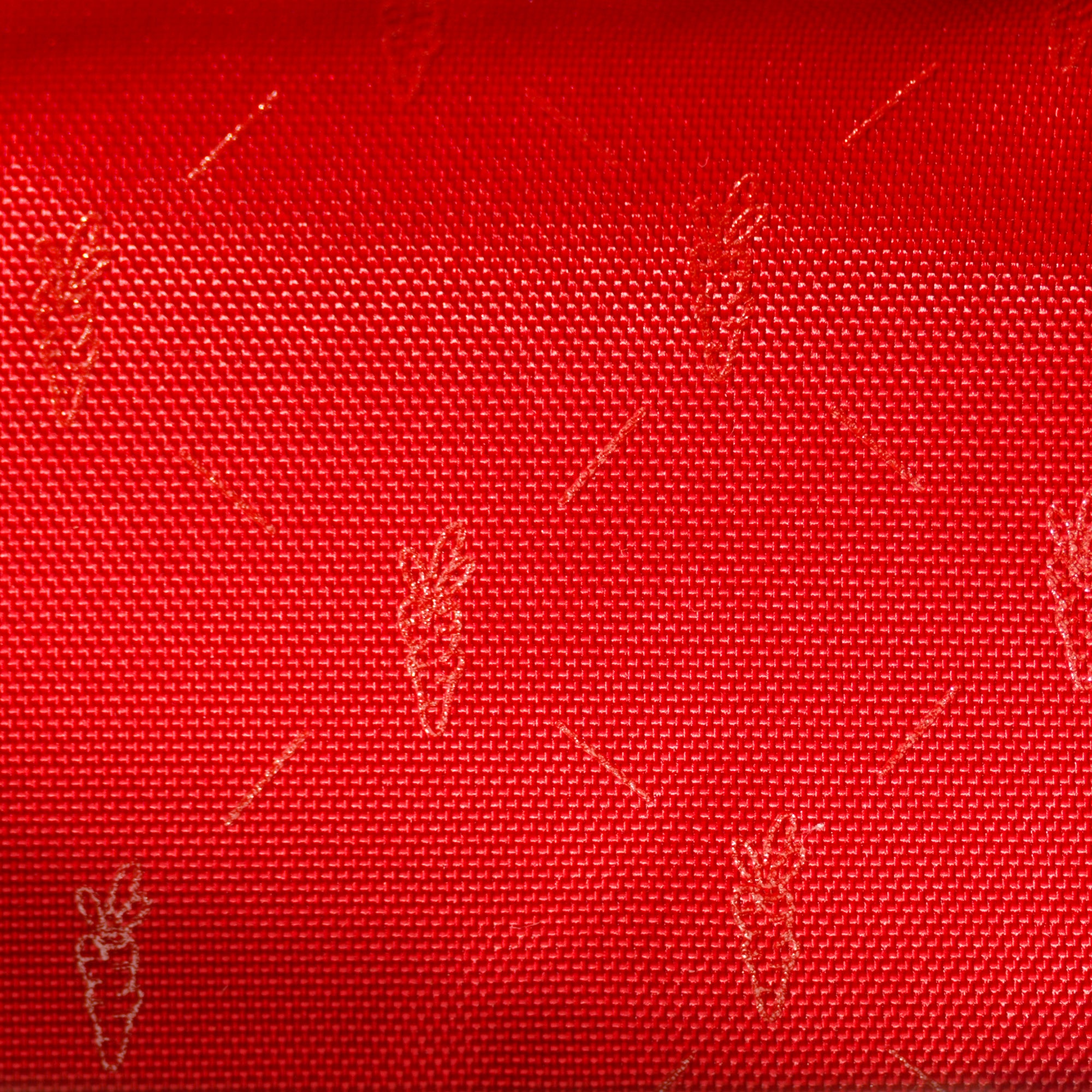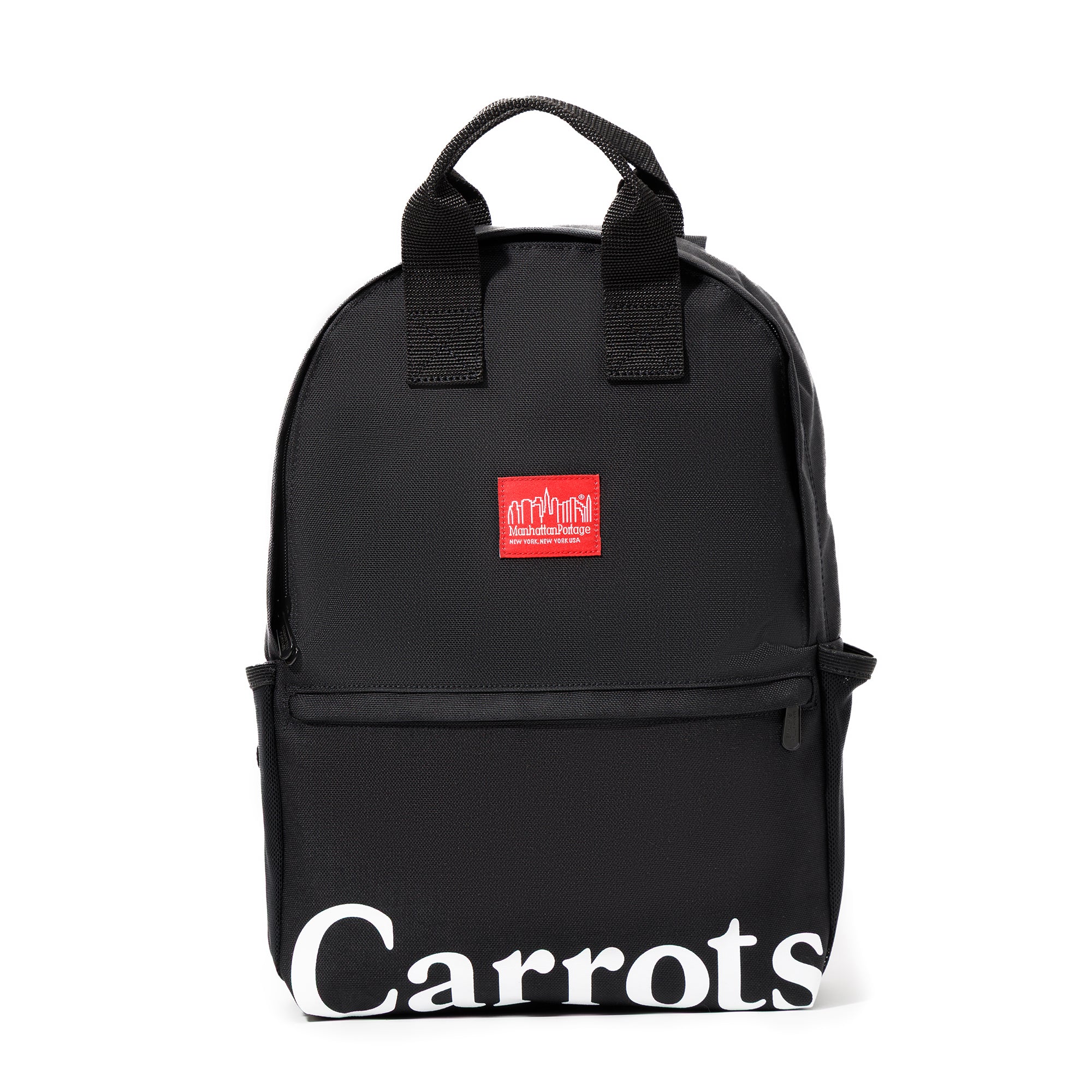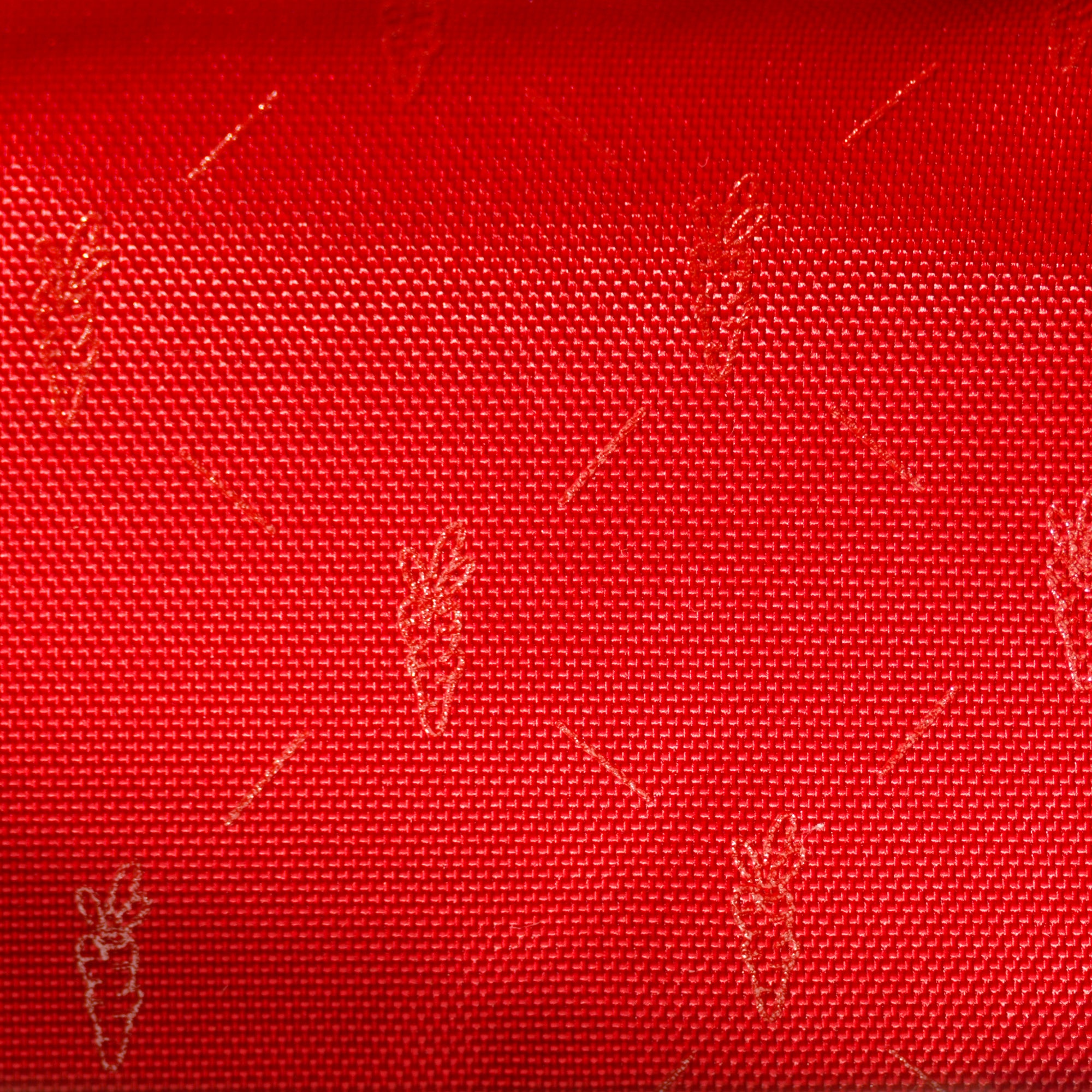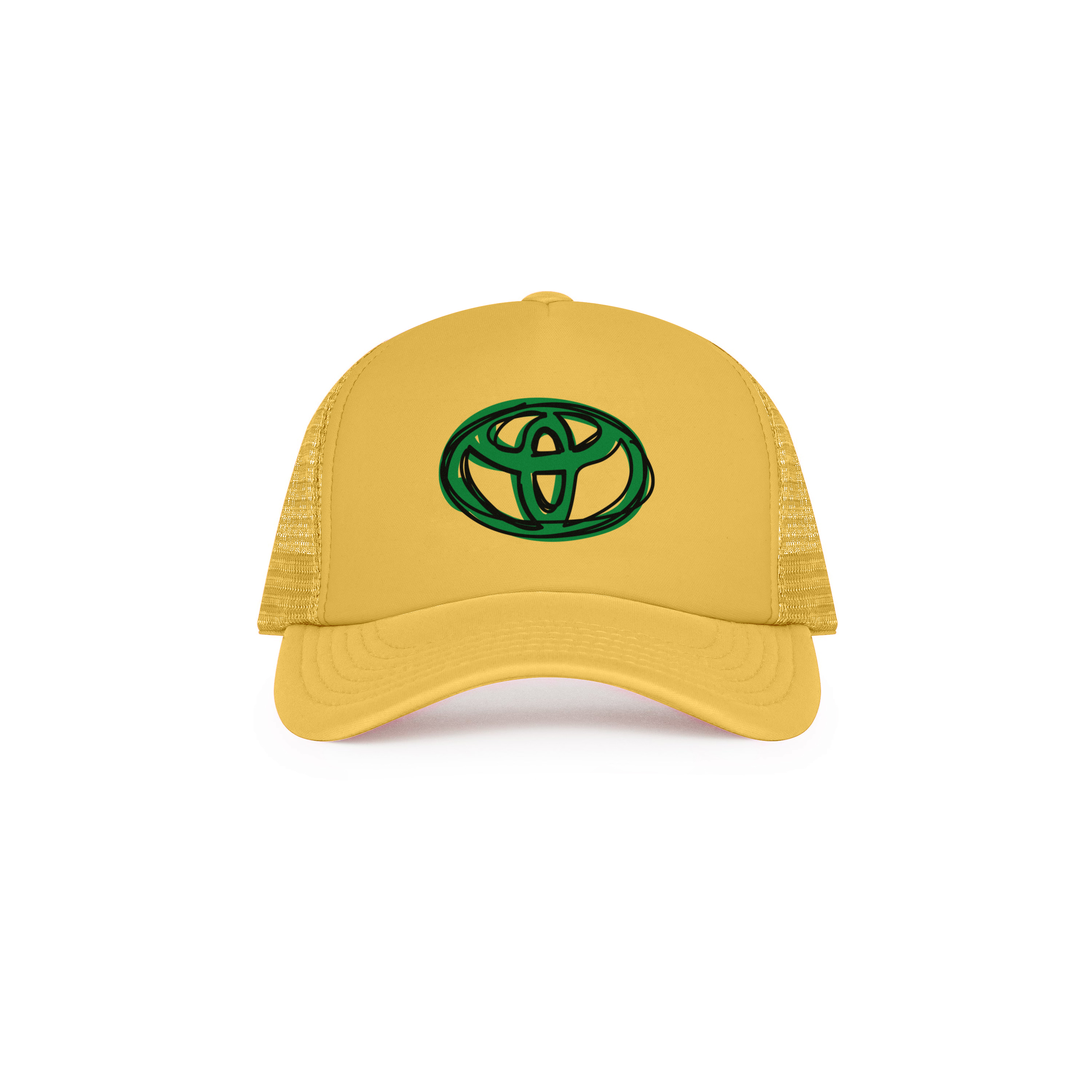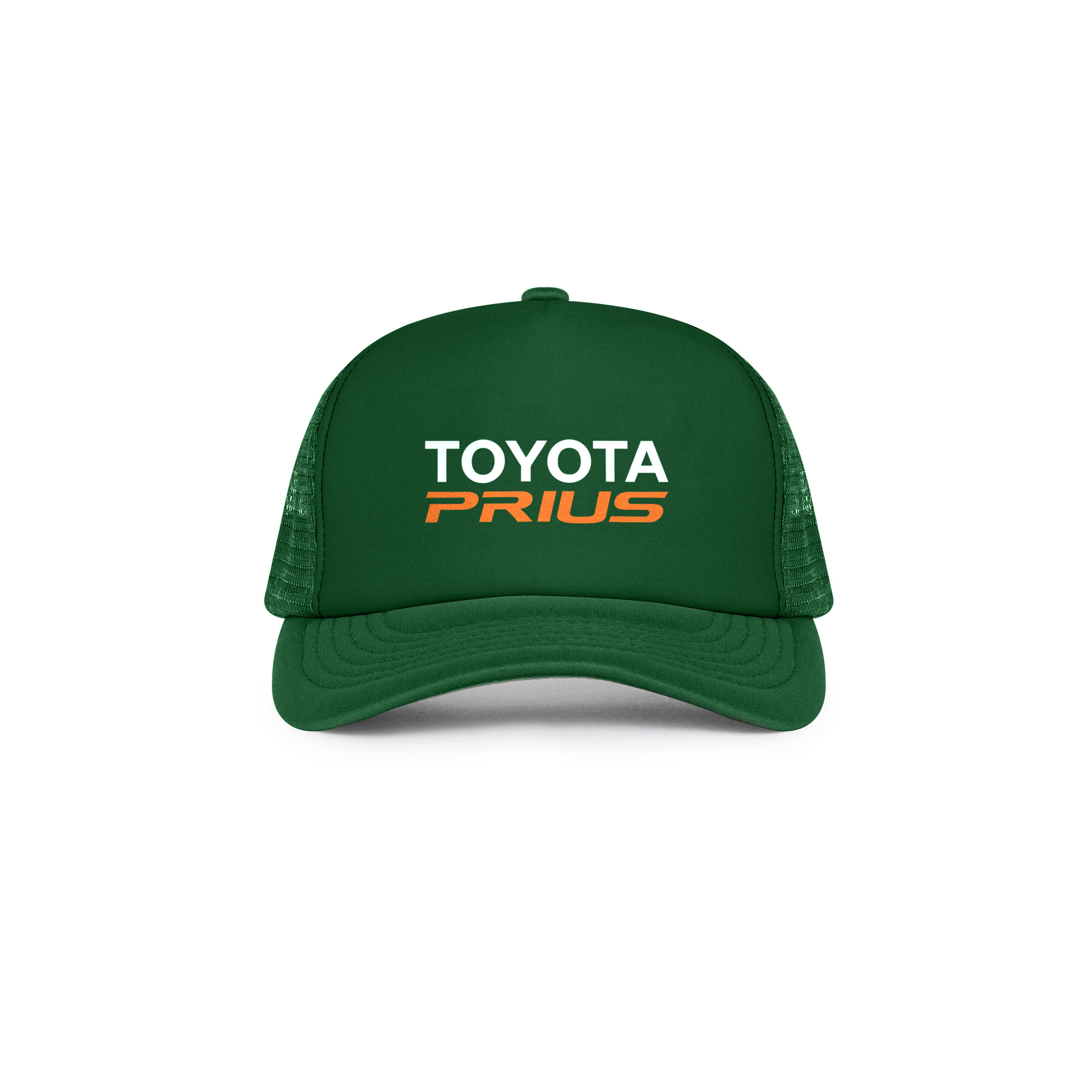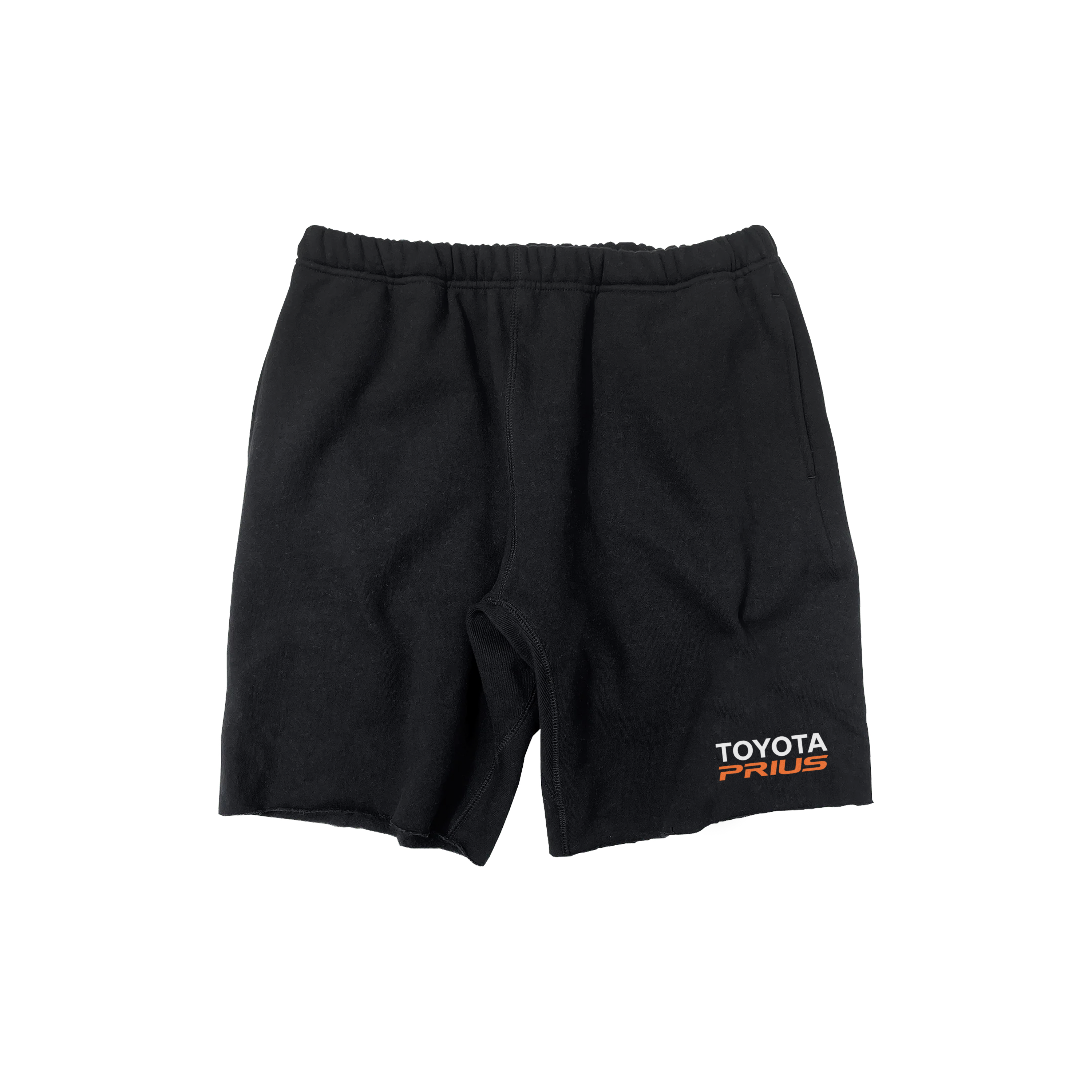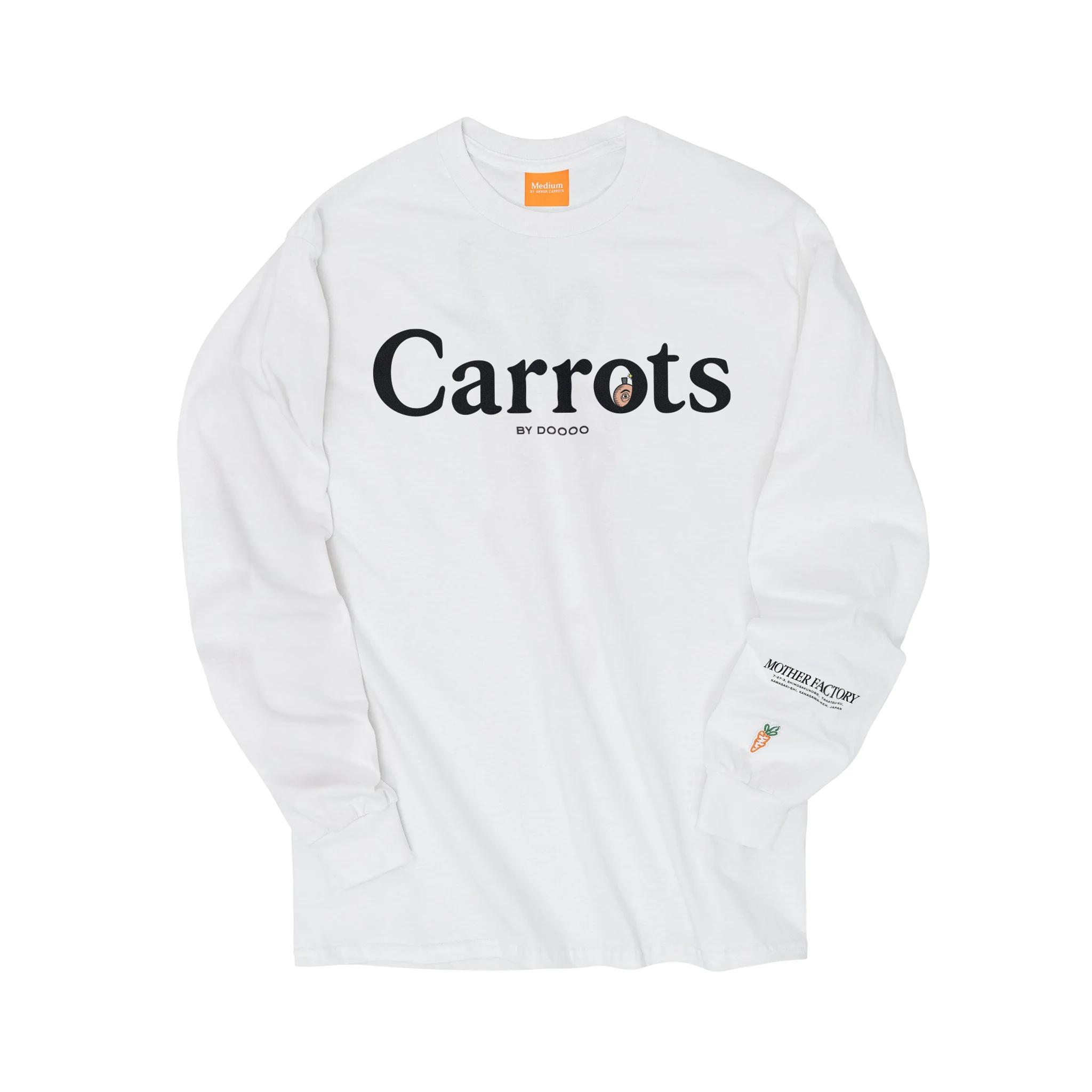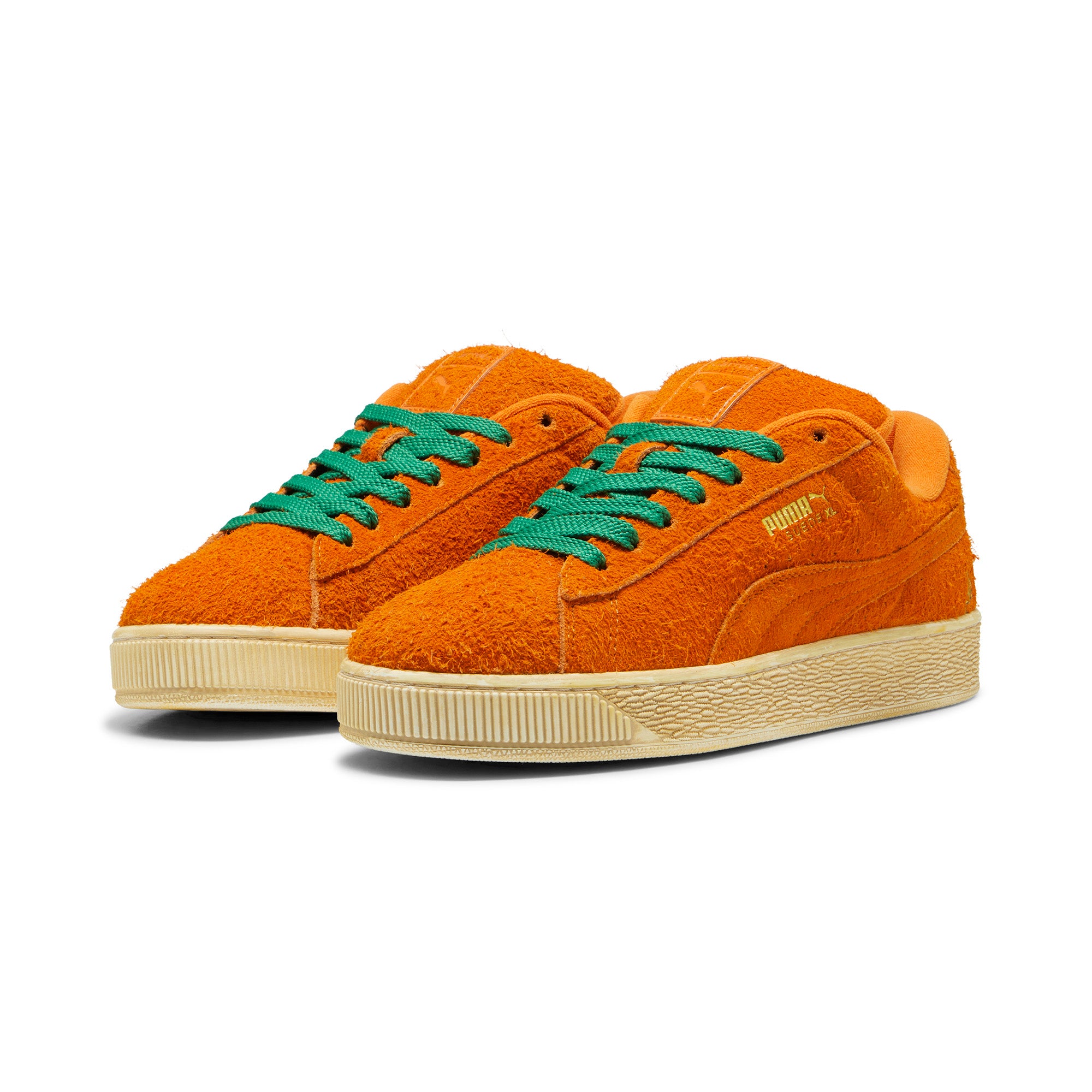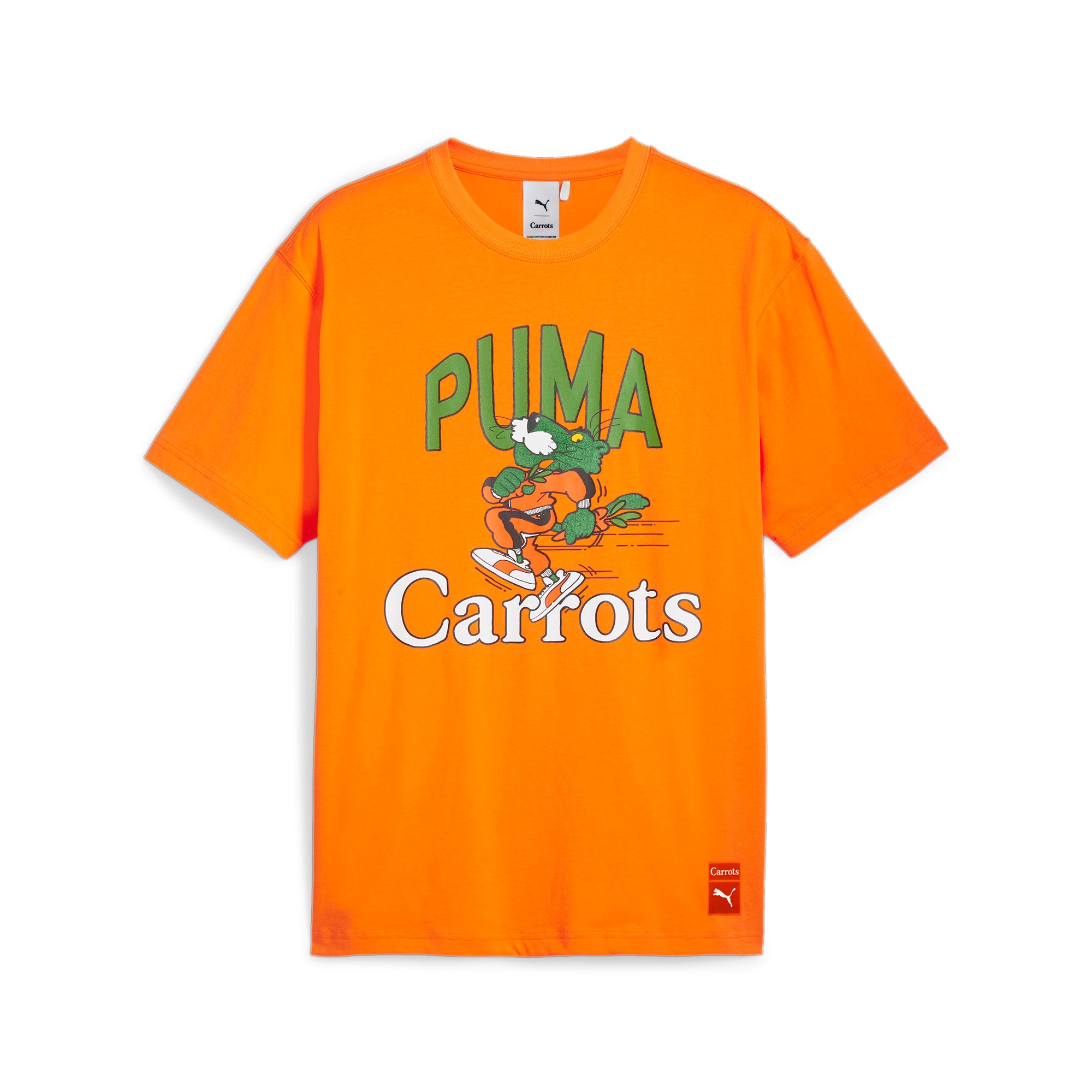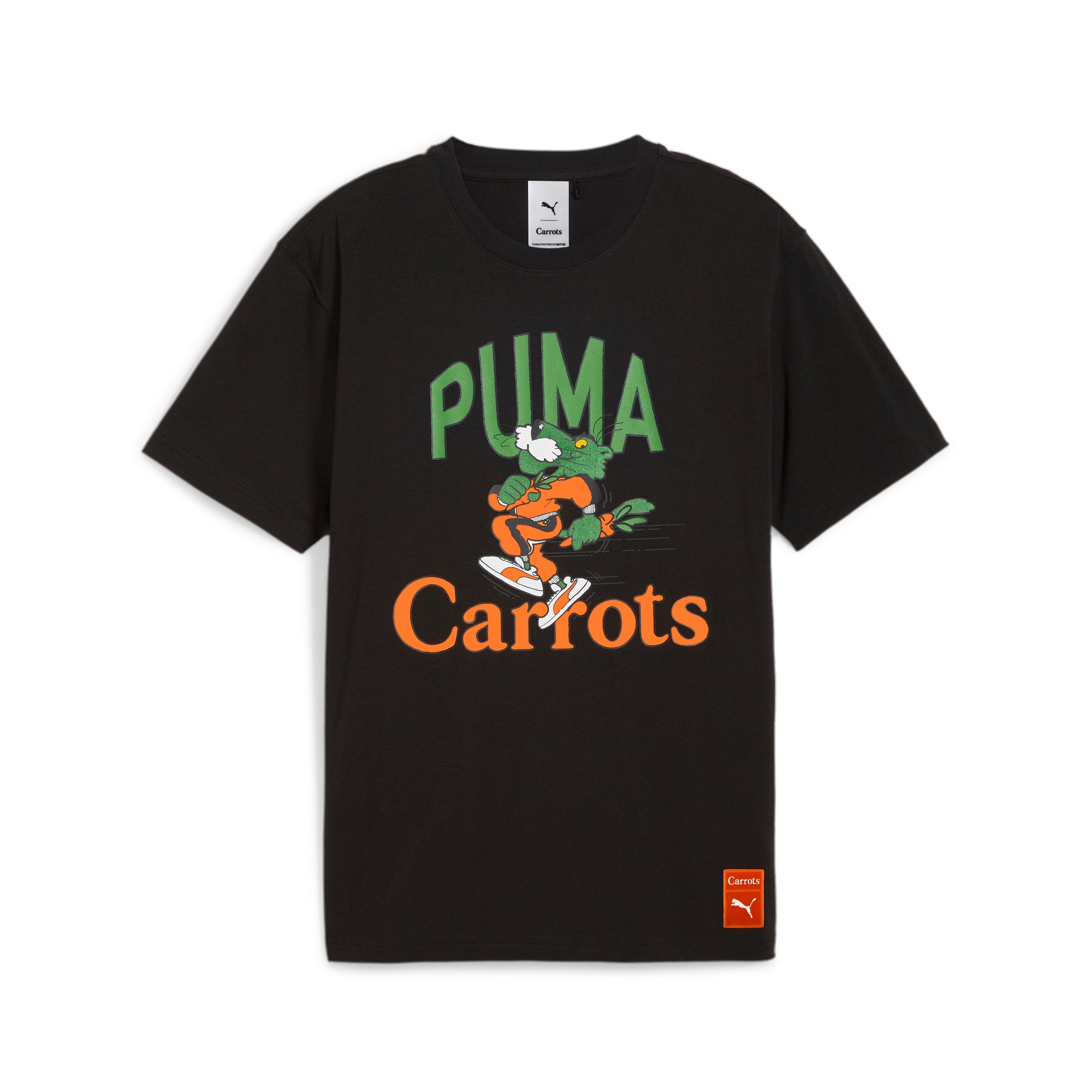
In SoHo’s deepest heartland, on Spring Street near West Broadway,...


In SoHo’s deepest heartland, on Spring Street near West Broadway, 100 percent polyester double-knit shirts are being snapped up by 23-year-olds for $74 apiece. “They’re very ‘Mambo Kings,’ very retro,” said Joseph Melendez, the manager of Union, the 300-square-foot shop that throbbed with hip-hop music on a recent Friday afternoon.
Union also carries regulation blue nylon mail-carrier jackets with U.S. Mail patches ($110) and shapeless brown shirts with the yellow logo of the United Parcel Service ($42): “American work wear, utility kind of stuff,” said James Jebbia, an owner.
These unlikely clothes are among today’s totems of cool. Some even say they’re a reflection of musical tastes.
“I can tell what kind of music people like by what they wear,” said Jules, a young man who refused to give a last name.
Jules, a deejay at Lucky Strike, a downtown bar, and at Shaft and Sugar Shack, downtown nightclubs, had just Rollerbladed in “to see what new stuff they had.”
Mary Ann Fusco, who owns Union with Mr. Jebbia, said: “We’re more on the hip-hop tip instead of the techno-rave kind of thing. It’s a certain kind of street vibe.”
The store also carries a mix of dressier English knit shirts and trousers and American street wear. “It isn’t really underground anymore, because hip-hop’s so mainstream now,” Mr. Melendez said. Various small companies based in London, like Duffer, are well represented, along with Americans labels like Conart and Pervert.
The name of the store is meant to convey the inclusion of diverse trends under one roof, Mr. Jebbia said.
Ms. Fusco, a native New Yorker who lives with Mr. Jebbia, a Londoner who moved to the United States nine years ago, are also partners with Shawn Stussy, a California designer, in two stores that sell his clothes: Stussy on Prince Street and the Stussy Union in Los Angeles.
Union does not regard itself as high concept. “It’s just what we and our friends like,” said Mr. Jebbia, who, with his black knit polyester shirt and close-shaved head, looked like a latter-day Teddy boy.
Ms. Fusco said, “When we opened Union in 1990, there was nothing with this kind of feel.”
There are a lot of 70’s-influenced items, like skimpy white T-shirts silk-screened with images of Brigitte Bardot and pairs of red lips ($46). “Next season, Urban Outfitters will have them,” Mr. Jebbia said.
Vicky Kraiem of Flatbush, Brooklyn, bought a pair of hip-hugger bell-bottoms by Mozart of London ($84). “For barbecues and going down to the shore,” she said. She described them in language straight from the 70’s: “very cool, very funky, very 'with it.’ ”
Her friend Cindy Gindi tried on a patchwork top made of crocheted squares with crisscross leather thong ties ($45) that could have been worn at Woodstock. “Somebody’s grandmother makes them for us,” Ms. Fusco said.
Roger Lindsay, a salesman for Isaac Mizrahi, and his colleague, John Seery, the assistant to the president of the fashion house, wandered into the store. Mr. Lindsay called Union’s sensibility “sort of funky urban chic with an ethnic twist to it.”
Mr. Seery spotted the crocheted top but did not associate it with Woodstock. “Oh, Dolce & Gabbana did that,” he said.
http://www.nytimes.com/1993/06/13/style/foraging-where-the-clothes-match-the-music.html
